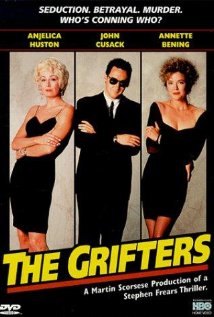 The Grifters/1990/Miramax Films/119 min.
The Grifters/1990/Miramax Films/119 min.
“I’m lucky,” actress Anjelica Huston once said. “The people who tell me they like my work tend to be the kind of people I might be friends with anyway. I have a really nice audience.”
She definitely had a really nice audience last month at the book-signing party at Bookmarc in West Hollywood for her new memoir, “A Story Lately Told: Coming of Age in Ireland, London and New York.”
The FNB team got off the sofa for this one and we had a lovely time. It made us think of our favorite Anjelica Huston roles and “The Grifters” from 1990 (Yikes! Was it really that long ago?) was at the top of the list. Director Stephen Frears’ bleak but very stylish neo-noir about a family that grifts together and sticks together is a far cry from all that holiday/togetherness stuff, which can sometimes be a tad saccharine for our tastes.
The cold and cut-throat mother here is Lilly Dillon as played by the incomparable Ms. Huston (daughter of John Huston, who directed the classic noirs “The Maltese Falcon” and “The Asphalt Jungle.”) Rail thin, hard as fake nails and damaged as her ash blonde locks, Lilly works for the mob by wedging bad bets at the racetrack.
Her estranged son Roy Dillon (John Cusack) is a small-time con artist who says he can quit the grift any time he wants. Sure, Roy, whatever you say. Feeling a little guilty about never winning Mother of the Year and hoping she might help to set him straight, Lilly starts by paying Roy’s hospital bill after he’s in a dust-up that leaves him with internal hemorrhaging.
Roy’s not rushing back into her arms – at least not right away. He’s busy with his girlfriend Myra Langtry (Annette Bening). Myra used to be a “roper” for big-time money-bilking schemes, meaning she’d lure victims into parting with chunks of cash, falsely promising a big payoff down the line. But the roping biz has slow for Myra so she makes a living any way she can.Meanwhile, while this strange version of a love triangle does its stuff, there’s another fly in the ointment: Lilly’s boss Bobo (Pat Hingle) who doesn’t write his staffers up – he prefers to inflict intense physical pain. When questioning Lilly after she slips up, he asks: “Do you want to stick to that story, or do you want to keep your teeth?” What a charming guy.
But charming is not what you’d associate with the mind behind “The Grifters” novel, on which the film is based. Writer Jim Thompson (1906-1977) was a troubled alcoholic who recorded his desolate vision of life on the pages of his pulpy but powerful novels. Thompson has been described as a dimestore Doestyevsky and as bringing Greek tragedy to the underclass.
“The Grifters” screenwriter Donald E. Westlake initially turned down the offer to write the script because he thought the novel was “too gloomy. … the characters all go to hell.” Director Frears (an English talent who directed Judi Dench in the terrifically funny and moving “Philomena” and directed Helen Mirren to an Oscar for 2006’s “The Queen”) talked Westlake into it, arguing that the crux of the story was not the son’s defeat, but the mother’s survival.
Westlake accepted the challenge and wrote a sparkling, if sad and twisted, script. (“You really do like B movies,” Westlake told Frears, after hearing which scenes from the book Frears wanted in the movie. Well, the film’s producer Martin Scorsese is certainly a huge fan of B’s.)
Frears, who refers to the film as an “eccentric melodrama” said he was surprised at the film’s popularity, given its grim tone. The popularity surely stems from the fact that Frears still manages to entertain on some level and the leads all deliver searing performances. There are lots of funny one-liners, such as when Lilly addresses Roy’s doctor as they enter the hospital. She matter-of-factly informs him: “My son is going to be all right. If not, I’ll have you killed.”
Huston’s performance will make your skin crawl – Myra has long resigned herself to a lonely life that includes giving and taking violence as an inevitable part of the bargain. She’s tough, sometimes desperate, but also regal with the odd glimpse of warmth.
Bening lets her natural smarts show through, whether she’s coyly conning or clowning around in the nude. Frears says that while making the flick, he turned Bening on to the work of Gloria Grahame, gangster moll extraordinaire, and that Bening “went mad about her.” Bening brings Grahame gals into the ’90s in her own fresh, provocative way. Though Huston and Bening share only two scenes, their rivalry infuses the whole film.
The Grifters got four Oscar nods: Huston for best actress, Bening for best supporting actress, Frears for best director, and Westlake for adapted screenplay. (They lost to: Kathy Bates in “Misery,” Whoopi Goldberg in “Ghost,” Kevin Costner for “Dances With Wolves,” and Michael Blake for “Dances With Wolves.”) Huston and Bening did, however, win honors from several critics’ groups.
Cusack, who previously had played mainly all-American types, relished the chance to play a perverse cheater, who’s not above hitting women. Look out for his Chicago chum: actor Jeremy Piven in the scene with the sailors on the train.
Set mostly in sunny Southern California, the film looks glossy and glaring, just like its heroines. The movie is not a period piece, but Frears plays with time elements – we see Art Deco buildings and a ’50s-era motel. The characters drive ’70s cars like big old Caddys. The Elmer Bernstein score also deftly draws from a number of musical styles.
Cusack wears ’80s suits and rips people off at a Bennigans. Myra and Lilly wear a mixture of ’40s eveningwear, shift dresses, skin-tight animal prints and mini-skirts. Lilly’s wardrobe has special significance: the color red tracks her slide into total wretchedness. Frears says her long ride down the elevator, swathed in scarlet, symbolizes her descent into hell.
You know, maybe motherhood just isn’t for every woman.
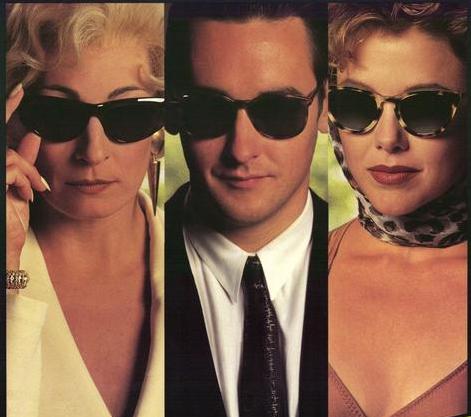
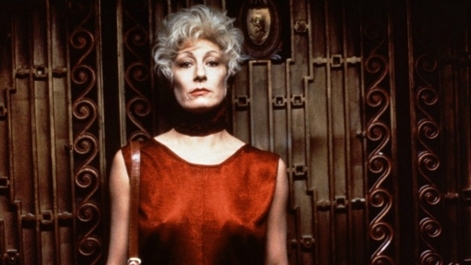





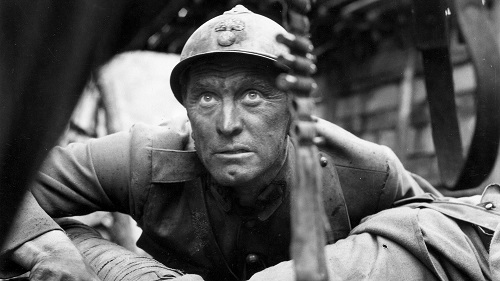
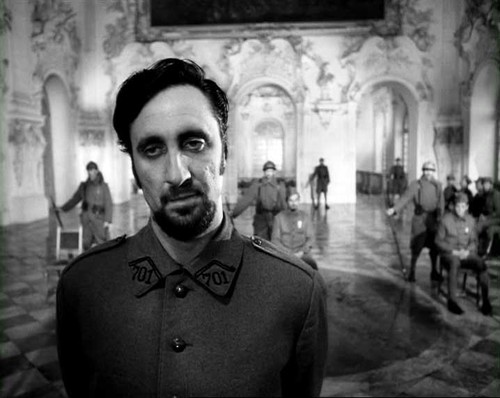
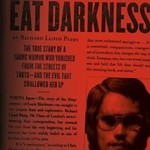


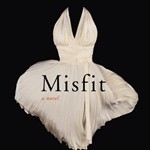
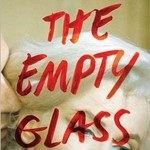
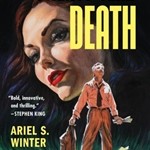
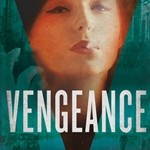
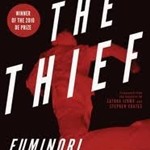
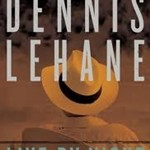

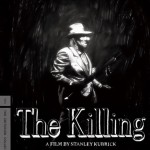
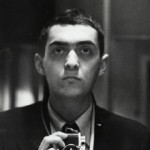
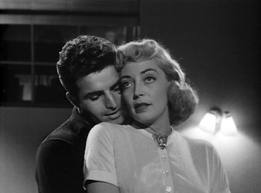
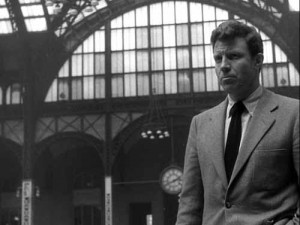
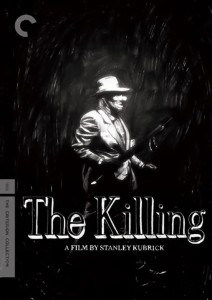
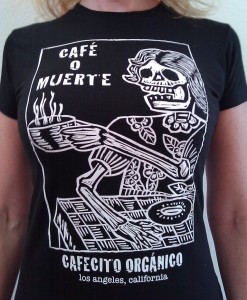





From FNB readers